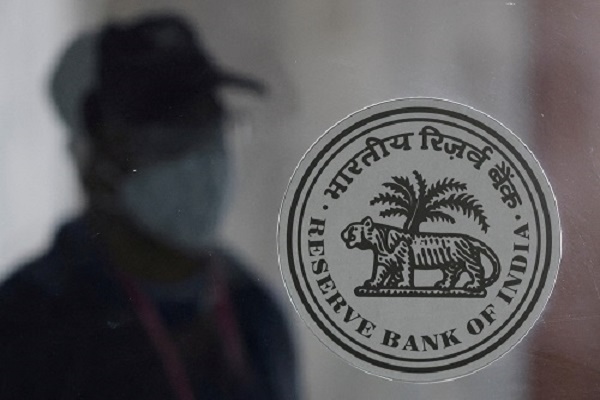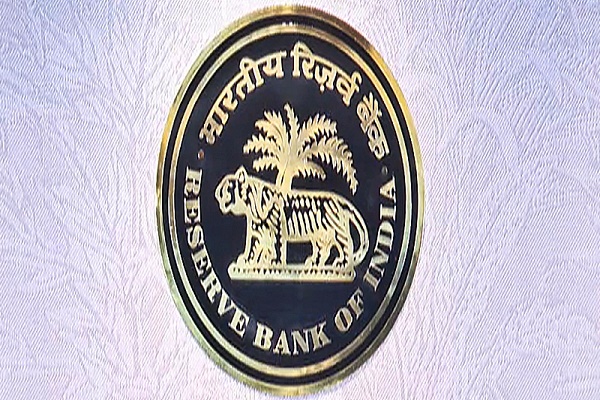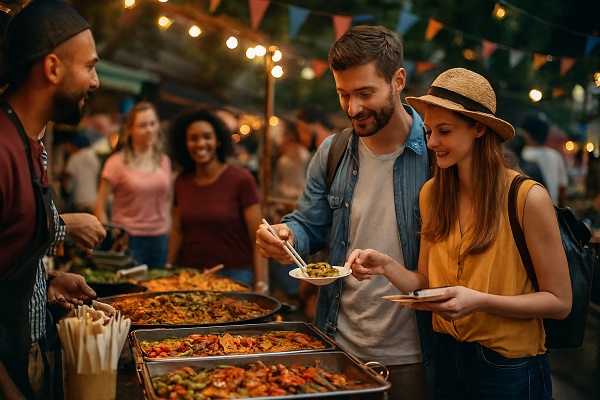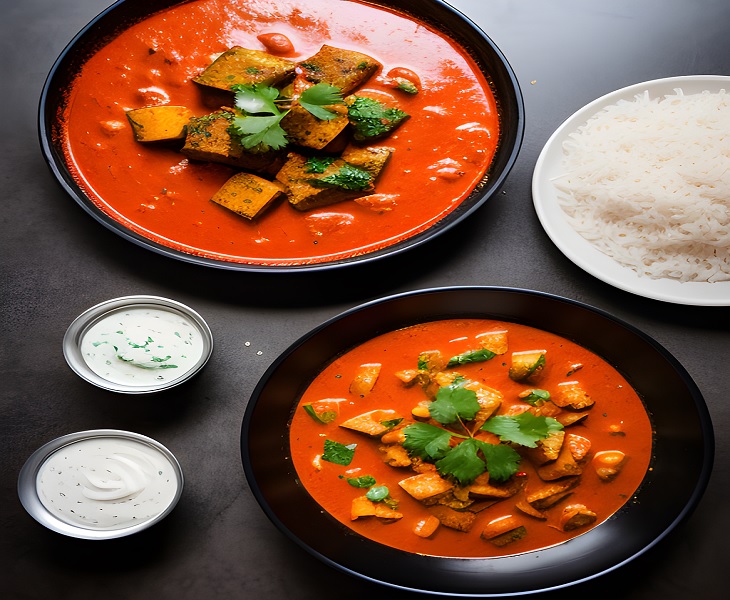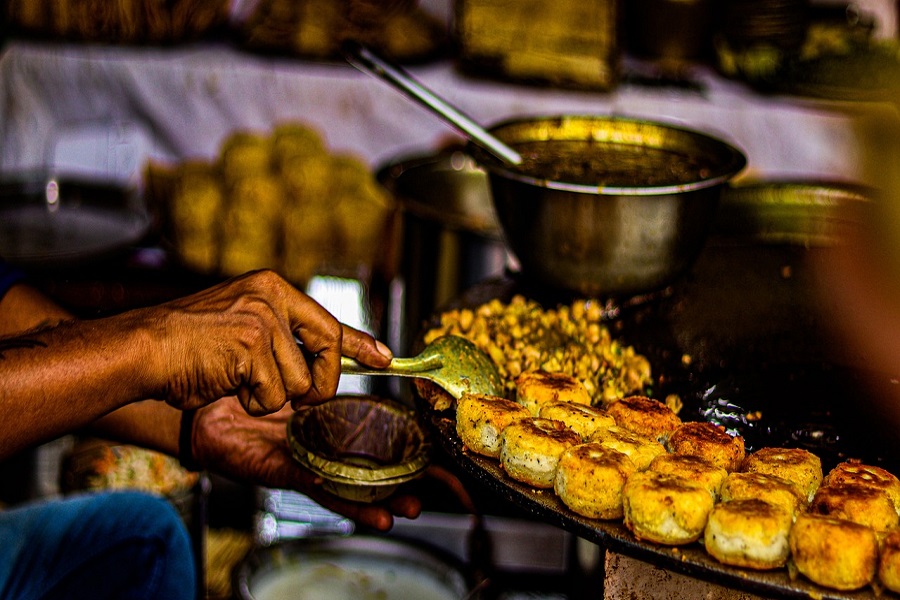Food and Beverage Tourism: Savoring the World, One Bite at a Time

2025, food and beverage tourism has evolved from a niche interest into a global cultural movement. No longer just about fine dining or street food, culinary tourism now blends authentic flavors, immersive experiences, and sustainable practices, attracting travelers who seek more than just sightseeing — they crave storytelling on a plate.
The Rise of Culinary Exploration
Today's travelers are booking flights not just for landmarks, but for signature dishes, cooking classes, farm visits, and local tasting trails. Whether it’s sipping artisanal coffee in Colombia, tasting truffle-infused cuisine in Italy, or indulging in vegan thalis in India, food is the lens through which many explore the world.
Latest Trends in 2025
1. Farm-to-Table Travel
Tourists are visiting organic farms and vineyards to witness how food is grown, harvested, and served fresh. Agro-tourism is booming in regions like Tuscany, Maharashtra, and Napa Valley.
2. Vegan & Plant-Based Culinary Tours
With wellness and sustainability driving choices, cities like Berlin, Bali, and Bengaluru are gaining fame for vegan food trails and zero-waste restaurants.
3. Street Food Renaissance
From Bangkok’s night markets to Mexico City’s taquerias, street food tours are among the most-booked experiences on travel platforms.
4. Beverage-Centric Trails
Craft beer, wine, sake, mezcal, and tea tourism are flourishing. Wineries in France, whisky trails in Scotland, and tea plantations in Darjeeling are seeing record footfalls.
5. Food Festivals as Destinations
Tourists are planning entire trips around events like the Melbourne Food & Wine Festival, Singapore Food Festival, and India’s Great Indian Culinary Challenge.
Top Culinary Destinations in 2025
Japan – Known for its Kaiseki meals, sushi workshops, and sake tastings.
India – Diverse regional cuisines from Rajasthani feasts to Kerala’s seafood spreads.
Italy – Pizza-making in Naples, wine tasting in Tuscany, pasta workshops in Bologna.
Morocco – Spice markets, tagine cooking classes, and mint tea ceremonies.
Vietnam – Pho tours, coffee culture, and street food safaris.
Beverage Tourism: More Than Just a Sip
Beverage tourism is not only about alcohol — it includes coffee trails, tea estate tours, and fresh juice workshops. Many destinations now offer:
Barista training in Colombia and Ethiopia.
Winery stays with grape stomping in France and Spain.
Craft distillery tours focusing on gin, rum, and even local liqueurs.
Sustainable & Ethical Culinary Travel
Travelers are asking:
Where does this food come from?
Who grew it?
What’s the cultural story behind this dish?
As a result, slow food, indigenous cooking, and community-run culinary tours are becoming the new norm.
Experiential Offerings That Stand Out
Cooking with Locals – Airbnb Experiences and local travel startups now offer meals cooked at home with native hosts.
Fermentation & Pickling Workshops – Popular in Korea, Japan, and parts of Eastern Europe.
Culinary Cruises – Luxury cruises offering onboard cooking demos and on-shore food market visits.
The Social Media Influence
Food and beverage tourism is Instagram's favorite child. Hashtags like #FoodieTravel, #EatYourWayAroundTheWorld, and #TastingCulture are trending globally. Influencers and chefs alike are inspiring a new generation of travel-through-flavor.
Conclusion: Travel With Taste
Food is no longer a side dish to travel—it’s the main course. Culinary tourism in 2025 is about connecting cultures, supporting local economies, and discovering identity through taste. From street snacks to gourmet meals, every bite tells a story — and today’s traveler is hungry to listen.






